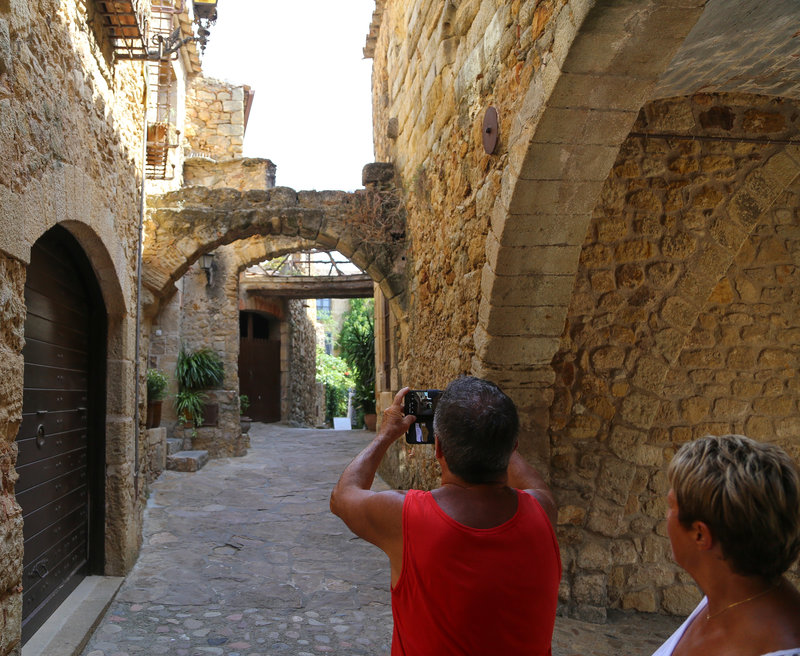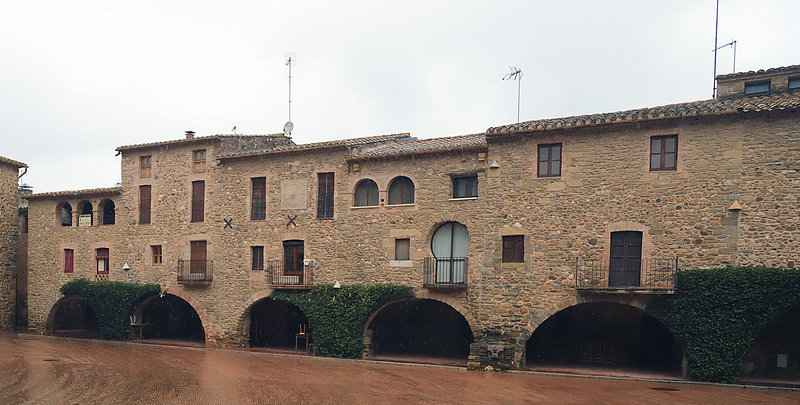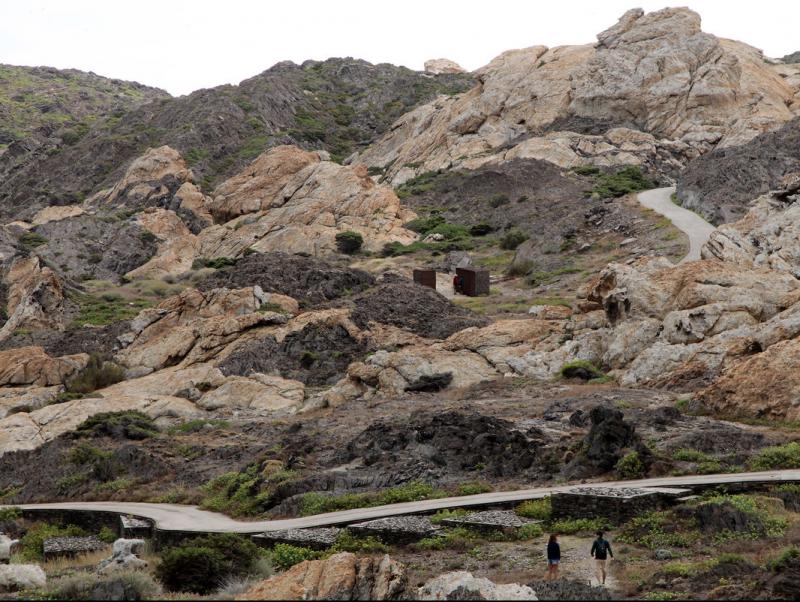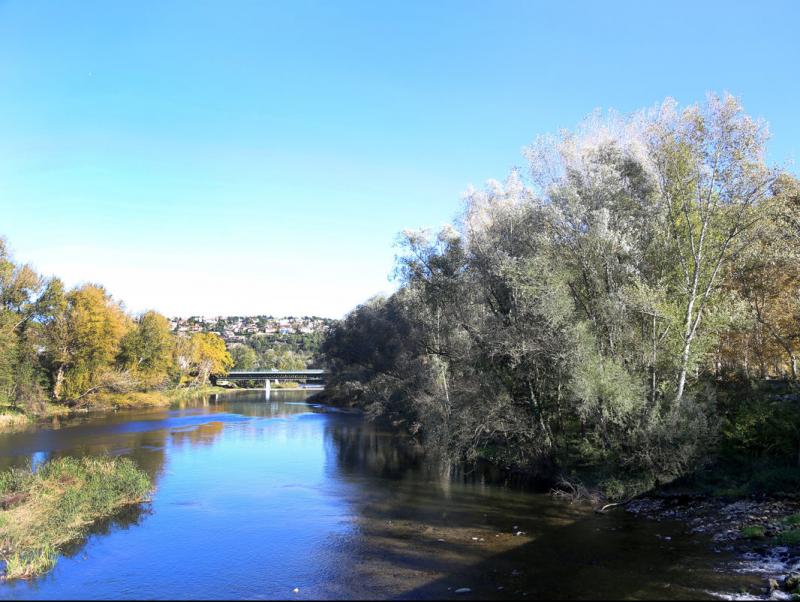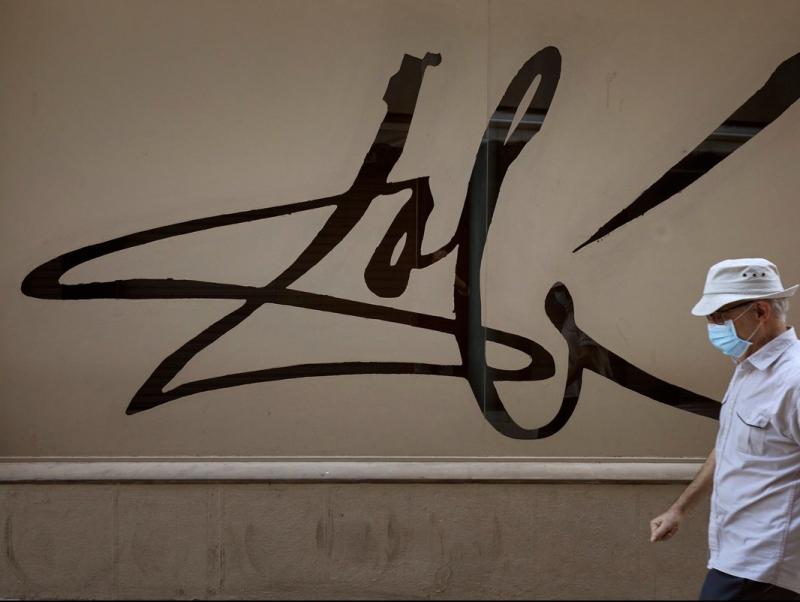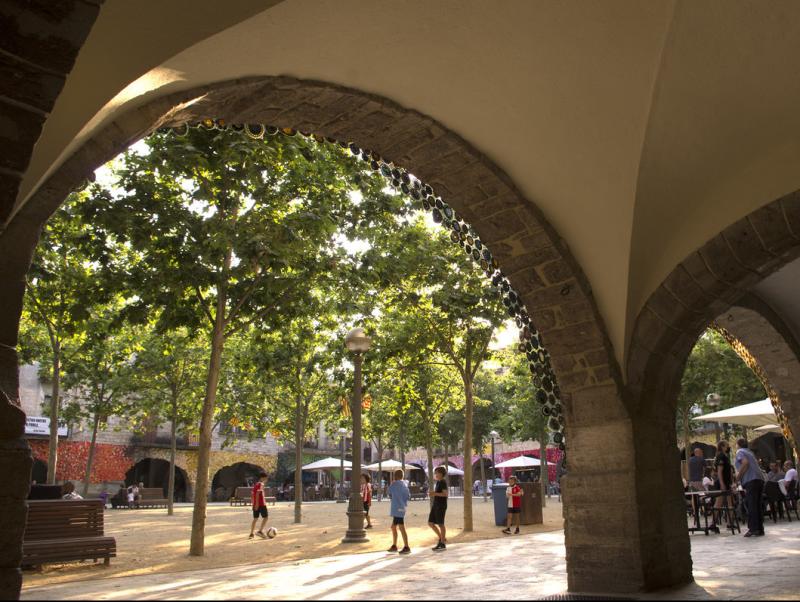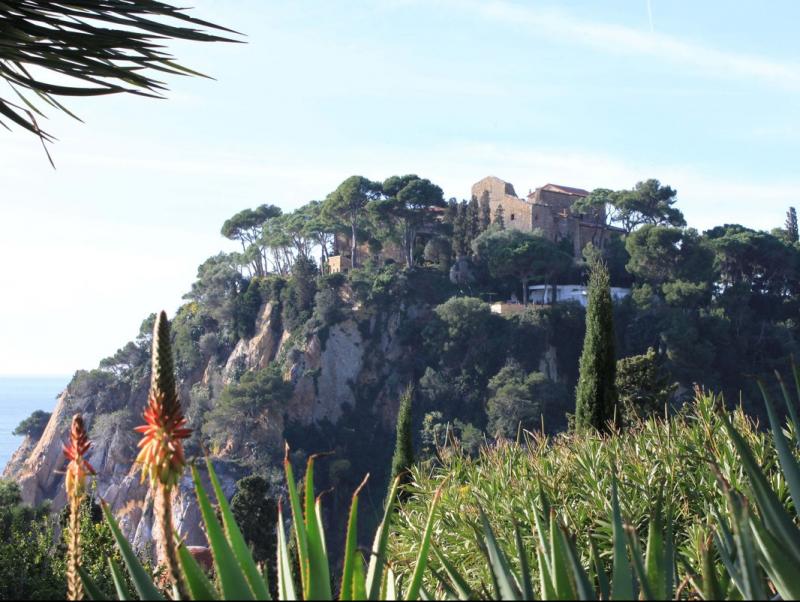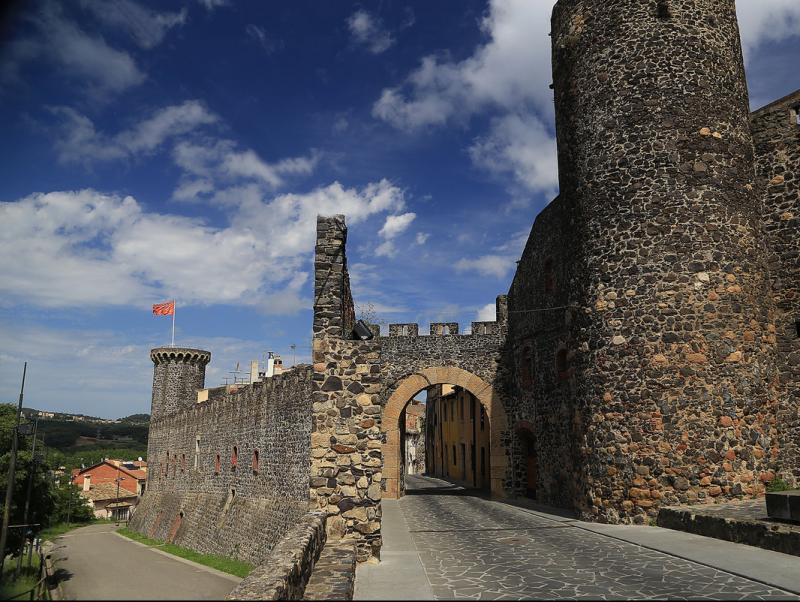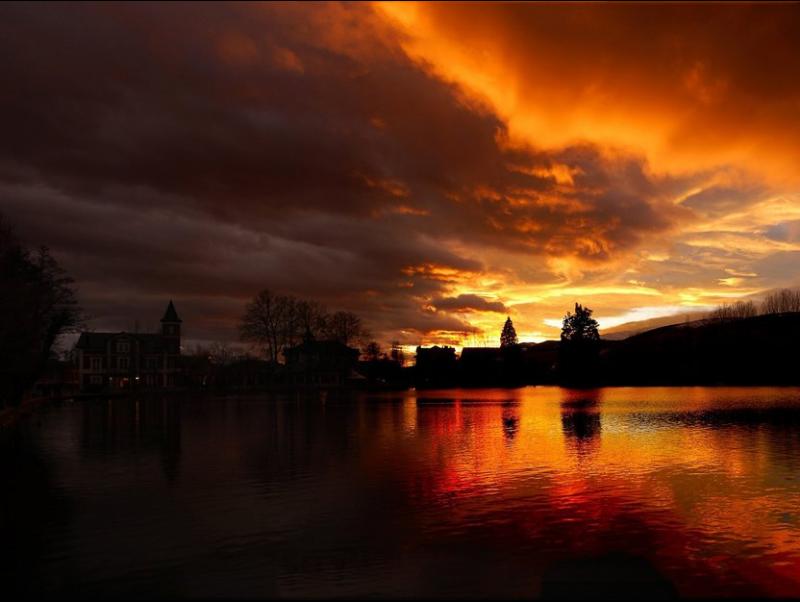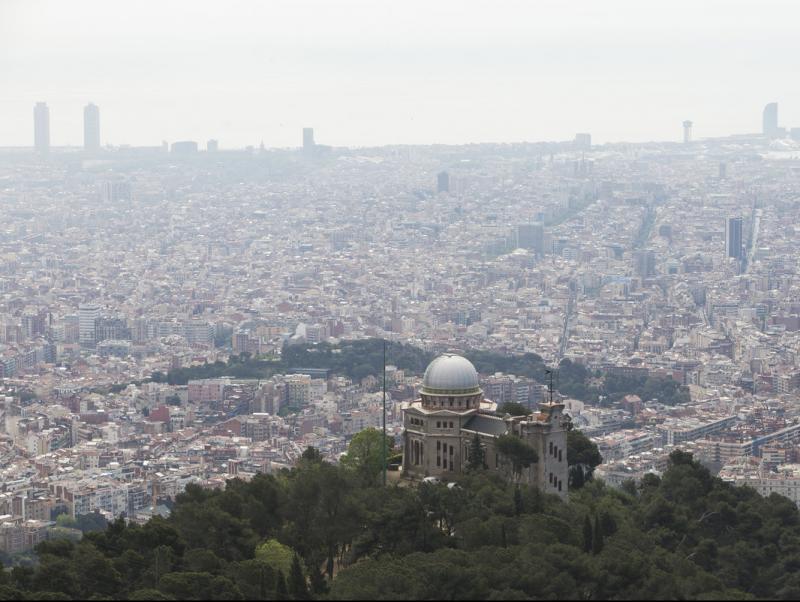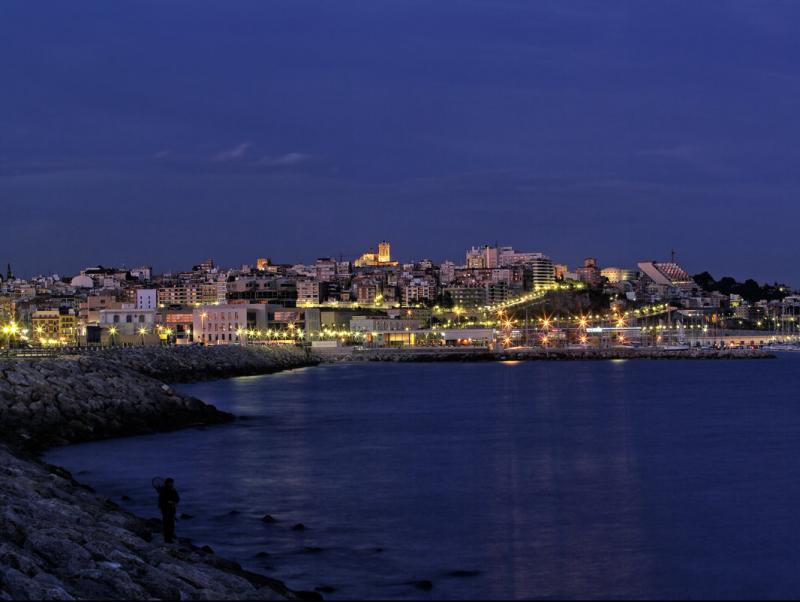A trip to the Middle Ages in Baix Empordà
Many of the towns in the Baix Empordà region remain impregnated with the feudal aroma that shaped them. We propose a route that passes through 10 towns retaining the essence of the Middle Ages.
In the historic centre of Pals stands the Romanesque tower built between the 11th and 12th centuries, known as the Torre de les Hores (Tower of the Hours). The town’s Gothic Quarter is also to be found here, with its cobbled streets, semicircular arches, and stone facades and balconies.
Torrent Castle preserves the medieval gate of the walled enclosure, while it is also worth visiting the Church of Sant Vicenç, the Sant Llop hermitage and the Puig Roig dolmen. Palau Sator retains enough of the old medieval wall to be able to follow it. The four churches and the castle, which dates back to the 10th-11th centuries, are other landmarks of local heritage.
From here we go to Peratallada, which has managed to preserve its architectural and urban origins without expanding beyond the perimeter of the old town walls and also retains the original distribution of its narrow, winding streets.
Ullastret, meanwhile, boasts the largest Iber settlement in Catalonia. The ancient walls are in very good condition and it is also a good starting point for reaching other medieval towns such as Matajudaica, Casavells, Castell d’Empordà, La Bisbal, Vulpellac, and Canapost.
A stopover in Parlavà reveals a Romanesque church, some medieval farmhouses and the remains of an old castle, while Rupià has some admirable nooks and crannies in its old town. Foixà boasts a castle first documented in 1019, rebuilt in the 13th century, and restored at the end of the 20th century.
Pont del Tinell
Then, La Pera has the bridge known as the Pont del Tinell, medieval streets and a church. In Púbol is to be found the museum house of the Gala-Dalí Castle, while Corçà is a good place to take a walk through its old streets and visit its chapels before moving on to Casavells, Matajudaica, and Cassà de Pelràs.
Monells takes us back in time, with its fortified gardens, the Sant Genís church and the Plaça de Jaume I square. Meanwhile, Cruïlles was first documented in the 10th century and a stroll through its medieval town offers a visit to the Monastery of Sant Miquel. The medieval itinerary ends with a quiet walk through the historic centre of Sant Sadurní de l’Heura.
out & about
What to eat
Tourists are not only interested in old stones. The gastronomy in Baix Empordà is generally of high quality and it has cuisine that is recognised internationally. At its heart are products from the coast and from the mountains, and sometimes the two come together, as with the dish lobster with chicken. Then there is empedrat salad, rabbit with chocolate, pumpkin flower omelette, or rice in squid ink, to name just a few local dishes.

